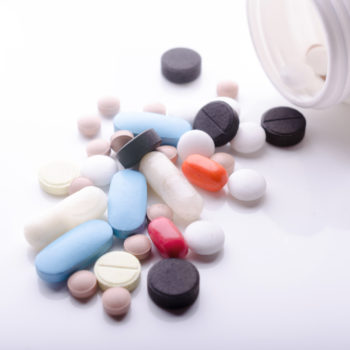An increasing use of antibiotics has resulted in the development of increasingly resistant bacterial strains. This is why we are studying new approaches to overcome the problem, creating where possible alternatives to antibiotics. In Italy the percentage of resistance to carbapenems reported in the WHO report is about 25%, lower only than in Greece, among European countries. Every year antibiotic resistance causes about 25,000 deaths in Europe and 70,000 globally. According to the statistics, in 2050 the bacterial infections will be the main cause of deaths. With Dr. Maria Fazio, Head of Pharmacy at Humanitas, we talked about possible alternatives to antibiotics currently under study.
In 2050, infections will be the main cause of death: we must focus on prevention
According to the experts, it is necessary to work on prevention as well as control of infections, in order to reduce it to a minimum and only to those situations where the prescription of antibiotics is really necessary.
While scientists and doctors are working to find viable alternatives to antibiotics, washing hands is still the most effective way to reduce infections by up to 50% in the healthcare sector.
According to a report published at the end of 2015 in the Lancet Infectious Disease magazine, there are now as many as nineteen possible alternative approaches to antibiotics, including vaccines, probiotics, peptide antibiotics, genetically modified bacteriophages. However, many of the alternatives are still at the clinical study level.
The gel studied by the Swedes
A sophisticated gel with antibacterial properties is being tested at the Stockholm Polytechnic in Sweden.
“The gel should be applied during a surgical operation before suturing the wound, in order to inhibit the growth of bacteria without the need for antibiotics,” explained Michael Malkoch, professor of fiber and polymer technology, adding that the bacteria are attracted by the positive domains that form the components of the gel.
The combination of multiple antibiotics as a possible solution
The therapy that uses the combination of several antibiotics is proving to be another possible therapy to the resistance of bacterial strains that occurs in the presence of monotherapy in which only one antibiotic is used.
Recent studies have in fact shown that the mortality rate was higher in the case of monotherapy, while it was reduced in the case of combination therapy of carbapenems and colistin.
Antibodies and phages
Among the alternatives to antibiotics there are also monoclonal antibodies and phages, which are viruses of bacteria already used in the past and then abandoned in the Western world precisely because of the initial success of antibiotics. The first milestone has been reported in the international scientific journal Nature Medicine. A girl with cystic fibrosis and a bad post-operative infection with antibiotic-resistant strains of a mycobacterium was saved by administering a preparation of three phages, viruses that eat bacteria that are harmful or lethal to humans. The therapy seems safe and effective.








